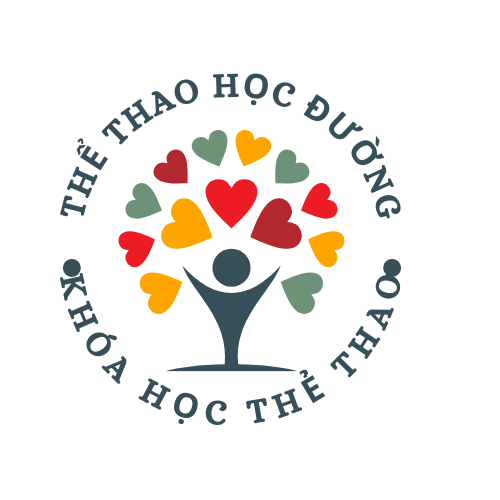Two-wheeled American identity embodies an intricate blend of nonconformity and brotherhood, rooted in post-war societal shifts. From the battlefields of WWII to the open highways of modern America, two-wheeled machines emerged as mechanical expressions of autonomy, bearing simultaneously rebellious ethos and mainstream commercial appeal[5][10][17].
## Historical Foundations https://usabikers.net/
### From Soldiers to Bikers
The modern biker identity emerged following the psychological aftermath of global warfare. Servicemen accustomed to the brotherhood of combat craved new fraternal organizations, giving rise to pioneering clubs like the Market Street Commandos and Hells Angels precursors[5][13][17]. The dominant motorcycle manufacturers, that saw military service, shifted from war machines to cultural symbols, nurturing enduring corporate allegiance[5][11].
The pivotal 1947 Hollister incident thrust rider culture into public discourse, when a massive gathering overwhelmed a rural municipality, resulting in what newspapers sensationalized as anarchy. This controversy etched the outlaw biker stereotype in popular imagination, notwithstanding the majority constituting AMA-sanctioned competitors[10][13][17].
## Influential Biker Groups
### Rebels and Regulators
The American Motorcyclist Association (AMA) originally functioned as the governing body for structured riding activities. However, the association’s discriminatory membership rules—barring racial minorities until the 1950s—fueled the rise of independent clubs which opposed traditional hierarchies[11][13].
Four dominant outlaw clubs emerged as central figures in this counterculture:
1. The iconic winged-skull organization[2][3][10]
2. “God Forgives, Outlaws Don’t” adherents[3][10][13]
3. 1959 Maryland origins[8][10]
4. Bandidos MC[3][10]
These groups function via strict hierarchical structures featuring presidents, sergeants-at-arms, and road captains, with clubhouses often serving as security-enhanced meeting spaces[10][13]. Although media portrayals of lawlessness, many chapters engage in charitable initiatives such as fundraising for social causes[8][10][15].
## Cultural Impact and Evolution
### Media Portrayals and Style Trends
The motorcycle rider image saturates American popular culture, ranging from Hollywood’s rebellious archetype in *The Wild One* to modern reality TV franchises. Such widespread influence appears through:
– Fashion trends: Leather jackets, bandanas, and riding boots marketed through brands like Biker Life USA and Bikers Lifestyle[4][12]
– Soundtrack associations: From punk rock to heavy metal embracing motorcycle-inspired visuals
– Literary works: Hunter S. Thompson’s *Hell’s Angels*[1][6]
Recent sociological analyses highlight the paradoxical duality within motorcycle communities: simultaneously rejecting mainstream values yet remaining heavily commercialized through brand partnerships like Harley-Davidson’s apparel lines[1][7][12].
## Modern Dynamics and Complex Issues
### Riding Through 2025
The motorcycle event calendar continues as fundamental to American biker culture, featuring 2025’s major rallies including:
– Daytona Bike Week (Florida)[7][15]
– Historic Black Hills convergence[7][15]
– Southwestern desert meetup[7]
Developing phenomena reconfigure the community:
– Increasing female participation through groups like Women in the Wind
– Digital adaptation through online coordination platforms[7][15]
– Environmental consciousness promoting electric motorcycle adoption[15][17]
Regulatory controversies persist, particularly regarding:
– Outlaw club violence and law enforcement strategies[10][13][17]
– Ethical corporate partnerships amid gambling industry ties[8][17]
– Cultural appropriation concerns about biker imagery in mainstream fashion[4][12]
## Conclusion
American biker culture stands at a historical crossroads, balancing its nonconformist roots with 21st-century commercialization. As new generations adopt electric motorcycles and digital communities, the fundamental spirit of freedom and brotherhood endures—now expressed through diverse demographics and evolving social norms. The road ahead will likely see greater legal oversight coupled with ongoing societal impact, ensuring the perpetual role of two-wheeled culture within US national identity[5][10][17].

